What is a smart floor lamp
A smart floor lamp is a connected lighting system that can respond to control commands sent over a wireless communication network and has embedded programmability to automate the delivery of the correct amount and/or composition of light at the right time. Floor lamps are among the most versatile light fixtures. These self-supporting lights are all-rounders when it comes to lighting design for interior spaces. Residential and hospitality environments demand layered lighting from a variety of sources to create a fully usable, adaptive space. An interior lighting design is successful when the ambient, task and accent layers of light are incorporated to complement each other. Floor lamps are often placed in living rooms, bedrooms, hallways, home offices and hotel guest rooms to provide diffused ambient light, controlled spreads of task illuminance, and concentrated beams of accent light. Aside from participating in a layered lighting design, floor lamps are frequently designed as showpieces of decorative sentiment to make a visual statement, create a focal point and enhance the interior decor.
Feature-rich lighting
Building network connectivity and processing capabilities into floor lamps opens the door to a plethora of exciting applications that bring lighting to new levels of convenience and experience. The transition from traditional lighting systems to connected lighting systems makes it possible to exercise full control of lighting anywhere in the world from IP-enabled devices such as a smartphone or tablet. The use of connected, programmable floor lamps allows all layers of lighting to flexibly adapt to personal needs. A smart floor lamp commonly includes a dimming system that not only enables the lamp to provide variable light output but also offers the ability to dynamically tune the emitted spectrum of the light.
With embedded programmability and the implementation of sophisticated algorithms, smart floor lamps deliver the technical ability to provide precise control of the spectral power distribution (SPD). Color temperatures of white light can be modulated to create emotionally stimulating environments and appealing atmospheres as well as to support the human circadian rhythm that controls physiological and psychological reactions. Additive mixing of the three primary colors of visible light (red, green, and blue) can produce a full spectrum of precisely controllable light that brings all the drama and excitement of stage lighting to interior lighting. An intuitive iOS or Android app offers seamless control of the level and color of ambient, task and accent light to suit each activity and mood. Not only can the smart floor lamps be managed remotely to exercise on/off and intensity/color controls, but it also can be configured and programmed to communicate directly with smart home systems and respond to data from other smart devices and online services.
Digital control of LED light engine
A smart lighting solution uses a combination of technologies to create data-driven applications for end users. While bi-directional connectivity and increased data processing power enable greater control of products, the radical advancement in the capabilities of a smart floor lamp has been driven basically by the use of LED technology. LEDs use electrical energy to stimulate recombination of electronic carriers (electrons and holes) in the active region of the diodes. During the radiative recombination process, electrons drop down from the conduction band to a lower energy level, releasing energy in the form of photons that can be tuned or phosphor-converted to produce light in the visible wavelength range.
LEDs respond to on/off control signals and the changes in drive current and duty cycles instantaneously. The number and frequency of on/off cycles do not shorten the life of LEDs. This level of controllability enables seamless integration with electronic logic circuits which in turn can digitally control the luminous intensity and light spectrum for function or ambience. In particular, the technology allows additive color mixing to occur in compact LED packages and light modules. Digitalization of LED lighting with robust processing capabilities and IP-based networking provides for an infinite variety and combination of lighting effects.
Design and construction
Smart floor lamps come in a wide variety of physical forms, beam patterns, lumen packages, color options, and functionalities, and can range from simple to ornate in styling. Achieving a harmony of form and function in a smart LED floor lamp calls for thoughtful system integration that should allow the LEDs and the subsystems for thermal management, optical control, drive current regulation and light management to physically or functionally act as a coordinated whole. An array of discrete LEDs are assembled on a metal core PCB which provides the appropriate electrical connections, assist with heat spreading, and facilitate optical design. This LED assembly is known as an LED module. One or more LED modules may be needed to accomplish the light distribution requirement or to form the shape of the light emitting surface. The LED module is mechanically integrated and thermally interfaced with a heat sink which provides a pathway to conduct the heat away from the LED junction and then to convect the heat to the surrounding ambient environment.
A smart floor lamp typically includes multiple LED circuits which are independently driven and controlled. Perhaps the most important feature offered by smart floor lamps is dynamic lighting. Dynamic lighting systems incorporate multiple channels of addressable or non-addressable LEDs to enable modification of light spectrum for color personalization. Dim-to-warm lighting mimics the color characteristics of incandescent lamps. Tunable white lighting is the enabling technology for human-centric lighting (HCL). It provides a continuously adjustable range of color temperatures and independently control the intensity of light to help keep humans’ biological clocks in sync with the natural day/night cycle and enable the creation of scenes and moods that can align human psychology and physiology with key activities. Full color tuning with RGB, RGBA or RGBW systems provides a whole world of possibilities with millions of colors.
LED driver
The driver is a critical component of a smart LED system. It not only provides line and load regulation to ensure that LEDs are only operated within their specified operating parameters, but also determines the controllability of LEDs. LEDs require power regulation through constant current LED drivers, which convert utility AC power DC battery power into a DC voltage and current appropriate for driving the LEDs. The LED driver must convert electrical power from a source to a load, or to several different loads efficiently and generate minimal ripples in the output current to eliminate light flicker.
Dimming is one of the performance markers of an LED driver as it is indispensable to dynamic control of light intensity and the light spectrum. An LED driver may be designed to support pulse-width modulation (PWM) or constant current reduction (CCR) dimming. CCR or analog dimming involves drive current adjustment. PWM dimming is implemented by controlling the duty cycle of the pulse. PWM dimming adds increased complexity to the circuit implementation and the current pulses need to be maintained at a frequency high enough to prevent perceptible flicker. Nevertheless, it’s the method of choice in color mixing applications wherein the color point for each channel needs to be maintained and accurate dimming control is critical. With PWM dimming, the color temperature of LED is maintained regardless of dimming level as the drive current is always constant and at a regulated level. PWM dimming can support 256 or more steps of color depth, which means that a 256-value RGB system is able to produce 16.7 million colors.
The programmability of an LED driver is provided through use of a microcontroller. The microcontroller can be programmed using software to decode written instructions and convert them to electrical signals for the LED driver to perform various functions. It is usually microprocessor-based, has memory to store application programs, and uses a wireless communication interface to send and receive information to and from other external devices.
Wireless data communication
The potential of smart lighting can only be unlocked when the digitally controllable devices are connected to the Internet. Remote connectivity is a key capability for smart floor lamps as it allows for remote control and increased automation. The wireless communication interface of a smart floor lamp is usually configured to operate on a ZigBee, Z-Wave, Bluetooth or Wi-Fi network. The choice of communication protocol is driven by considering several factors such as throughput, speed, range, security, scalability, interoperability, power consumption, and cost. Since Wi-Fi routers are found almost everywhere, it is logical to get smart floor lamps connected to the Internet through a local Wi-Fi network. Wi-Fi has a range of up to 100 meters and supports higher throughput and speed of communications. Wi-Fi connection, however, is not well-suited for battery operated floor lamps since it takes a lot of processing power.
Smart lighting often uses mesh networks which are failure-tolerant and self-organizing. ZigBee is a low power, robust, interoperable and secure protocol that often finds its footprint home network environments. Z-Wave is another low power mesh networking protocol optimized for reliable, low latency communications. Compared with ZigBee, it has a higher signal strength but suffers from a slow healing procedure and poor key distribution implementation. To access and control ZigBee and Z-Wave devices with IP-enabled devices, a hub is required. Smart floor lamps can also run on a Bluetooth network. Bluetooth is a low power, short-range communication technology that supports point-to-point communications between wireless devices. As with a Wi-Fi device, a Bluetooth device can directly access the Internet without using a hub. However, IP connectivity is not available when the Bluetooth device is located outside the signal range.
App control
App control from an iOS or Android device allows the user to explore beyond the standard on/off and dimming controls. A smartphone app incorporates many software components to provide application-level capabilities for humans to visualize data and interact with smart lights. It acts as an interface that provides necessary modules to control various aspects of lighting. The intuitive app permits a user to perform on/off and dimming control, tune colors, create schedules, set themes, program scenes, and enable automations to activate wake, sleep and away modes. Smart floor lamps generally support voice control with Amazon Alexa, Google Assistant and other digital voice assistants.
Some products allow third-party integrations that enable lighting in a more interactive, automated way and increase the functionality of the lights. Create fun, relevant and personal Applets for your smart floor lamps on trigger-action programming platforms such as IFTTT whose applets can automate services of IoT devices and web applications. Sync the floor lamps to your games, movies and music for an enhanced experience.

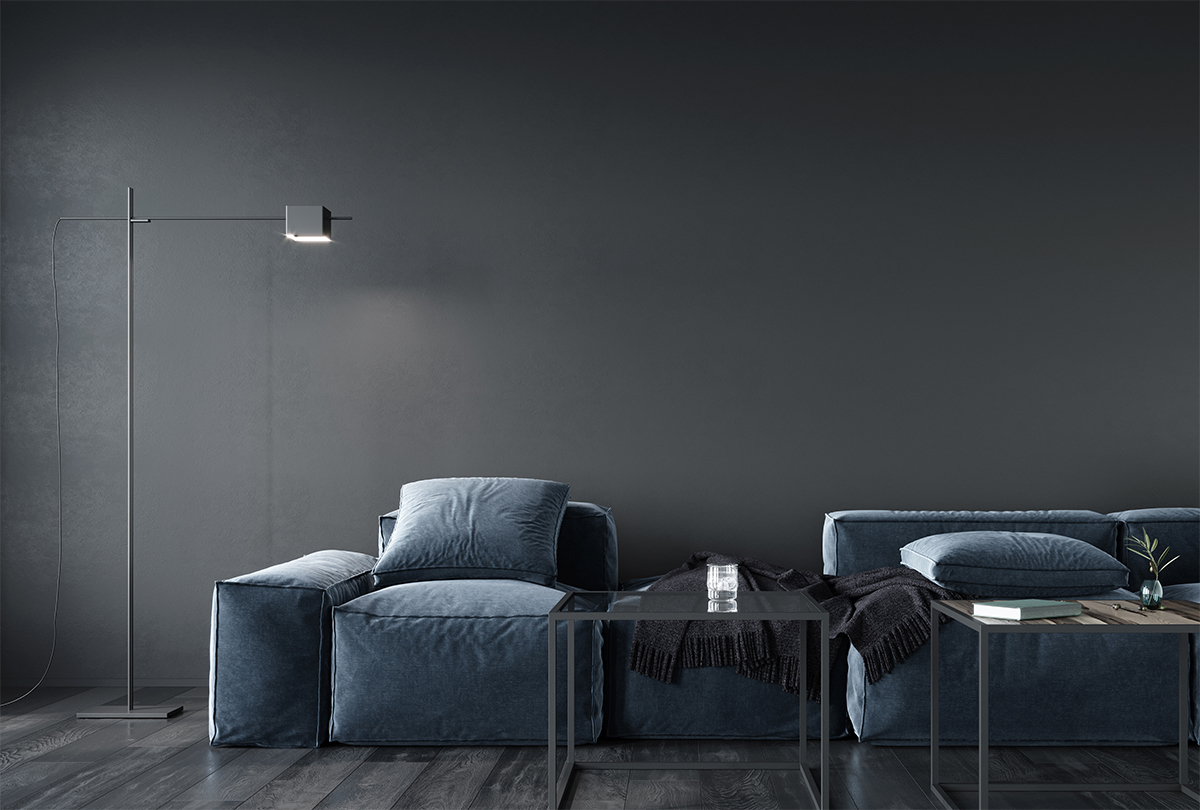


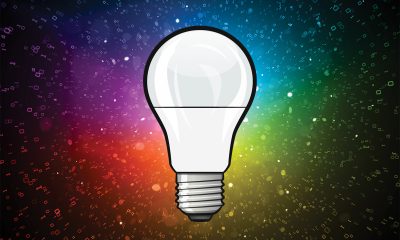
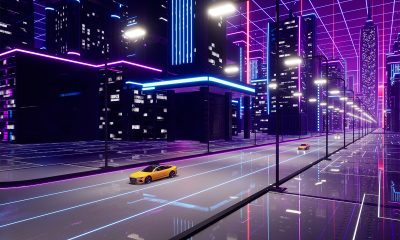
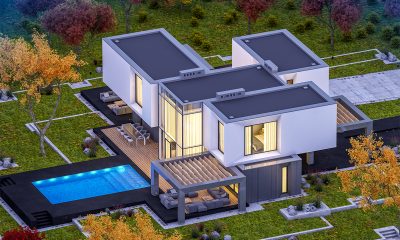

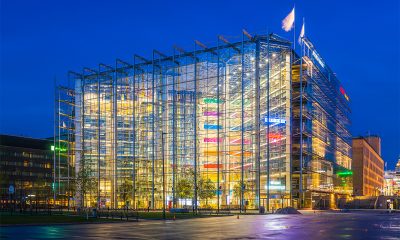

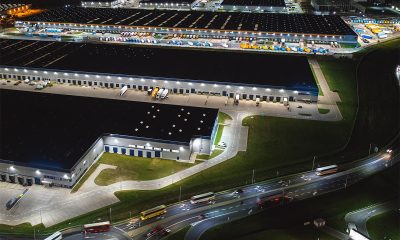

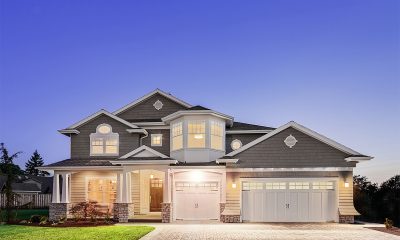






Loading...